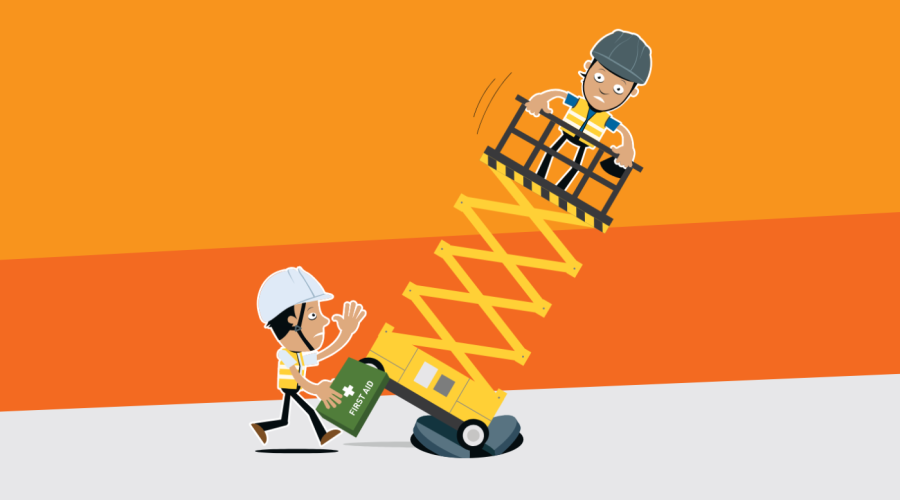5823: Do I need training on a small static vertical machine without drive, also known as a Push Around Vertical (PAV)?
Yes, training on a PAV is a direct legal requirement, and there is a half-day course for this. If you have a valid licence with Static Vertical (1a) or Mobile Vertical (3a), you will only require familiarisation on the machine, which should be recorded in your IPAF log book, or through the ePAL app.
This is due to the PAV being a simpler version of a 1a which operates in the same way as a 3a but without the ability to drive.
This principle cannot be applied to any other categories due to the operational methods and risks differing significantly between the categories. For example, if an operator is trained on a 1b only, this MEWP cannot be driven elevated where a 3b can, and the operator would not have been trained on that skill. Similarly, if they are trained on a 3b only, they have not been trained on setting up a 1b effectively on spreader pads.
See IPAF technical guidance F1 on familiarisation.

